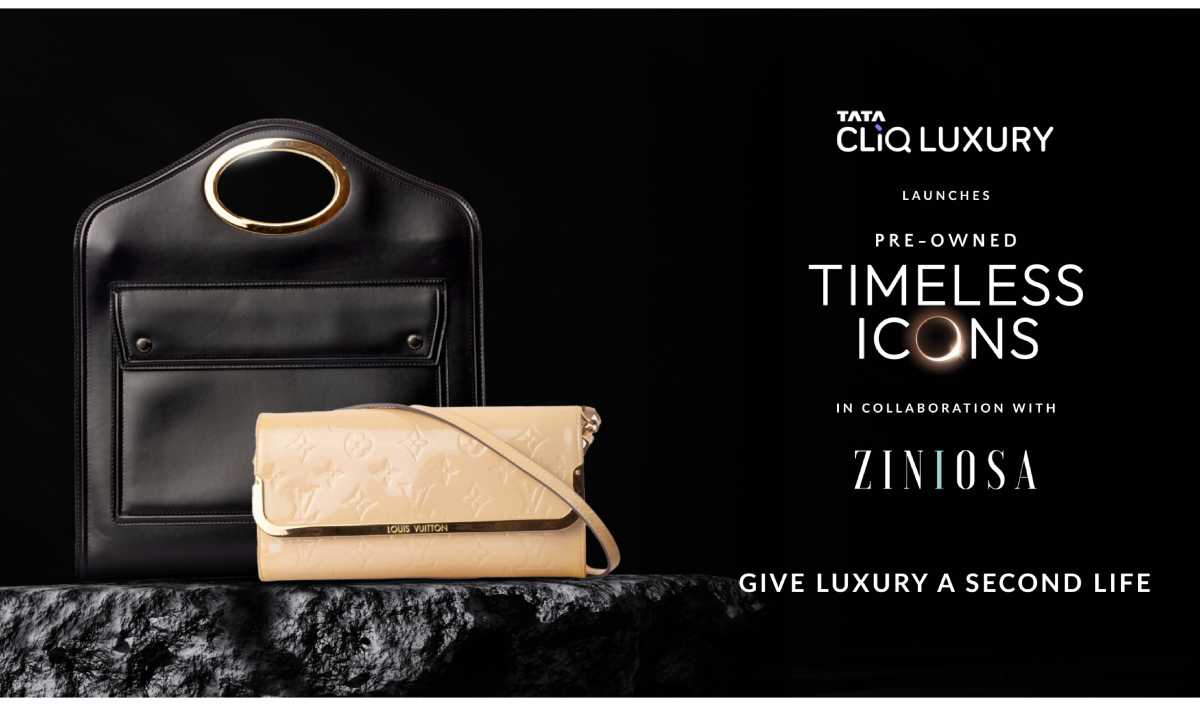
"Styles come and go. Good design is a language, not a style," Massimo Vignelli. I personally came across various organization who works without any proper guidelines and hence there is no consistency in their language throughout while they develop amazing styles. This becomes confusing and your consumer have a difficult time following your story. A brand style guide acts as an asset for your business which sets the tone and defines proper usage and utilization of your brand. This is important for any organization whether it’s a large scale or a smaller scale. This is a bible for your brand which effectively defines your brands elements and values and its application on various media types. This reputation of any company is judged by how it is communicated to the outside world and hence a brand style guide is very important to build a strong brand personality.
A style guide works by apprising you, your team and your business partner whether he is a licensee, franchisee, a vendor etc., on how to precisely and consistently present your brand. It consist of various visual and verbal examples of Do’s and Don’ts when communicating to your consumer.
The style guide starts with a brief about your brand introduction, its presence and Vision, while the primary element of a style guide is your Brand logo. This addresses the proper usage of your logo, accepted colours for the logo and appropriate typefaces which should be in coherence with your branding. While these are the most common elements of any style guide, it can be as exhaustive and structured with content like secondary logo, editorials, iconography, graphic compositions, product translation, and even packaging & retail guidelines.
All these become handy for any organization and designer who is working on any sort of communication for your brand. While all the above is very important, the approval process and usage of copyright line is equally critical for any brands. Hence the style guide should always have a section dedicated to the approval process to maintain the authenticity of the brand. As the consumer keep behaving and changing basis the market and seasonal trends, it is also essential to update your style guide on seasonal basis. Keeping up with trends while keeping up with business. Moreover you should always take into consideration the damage that could be caused by misuse of Style guide, hence it should be one of the confidential document of your brand asset.
In short, the key goal of a style guide is to keep your brand consistent. As important as that is for big brands, it’s even equally important for small firms as they emerge. With a very minimal investment you canimpart an explicit and consistent brand far into the future. This article has been authored by Abhishek Kumar, Head - Brand Assurance & Creative, Bradford License India.
Copyright © 2009 - 2024 License India.















